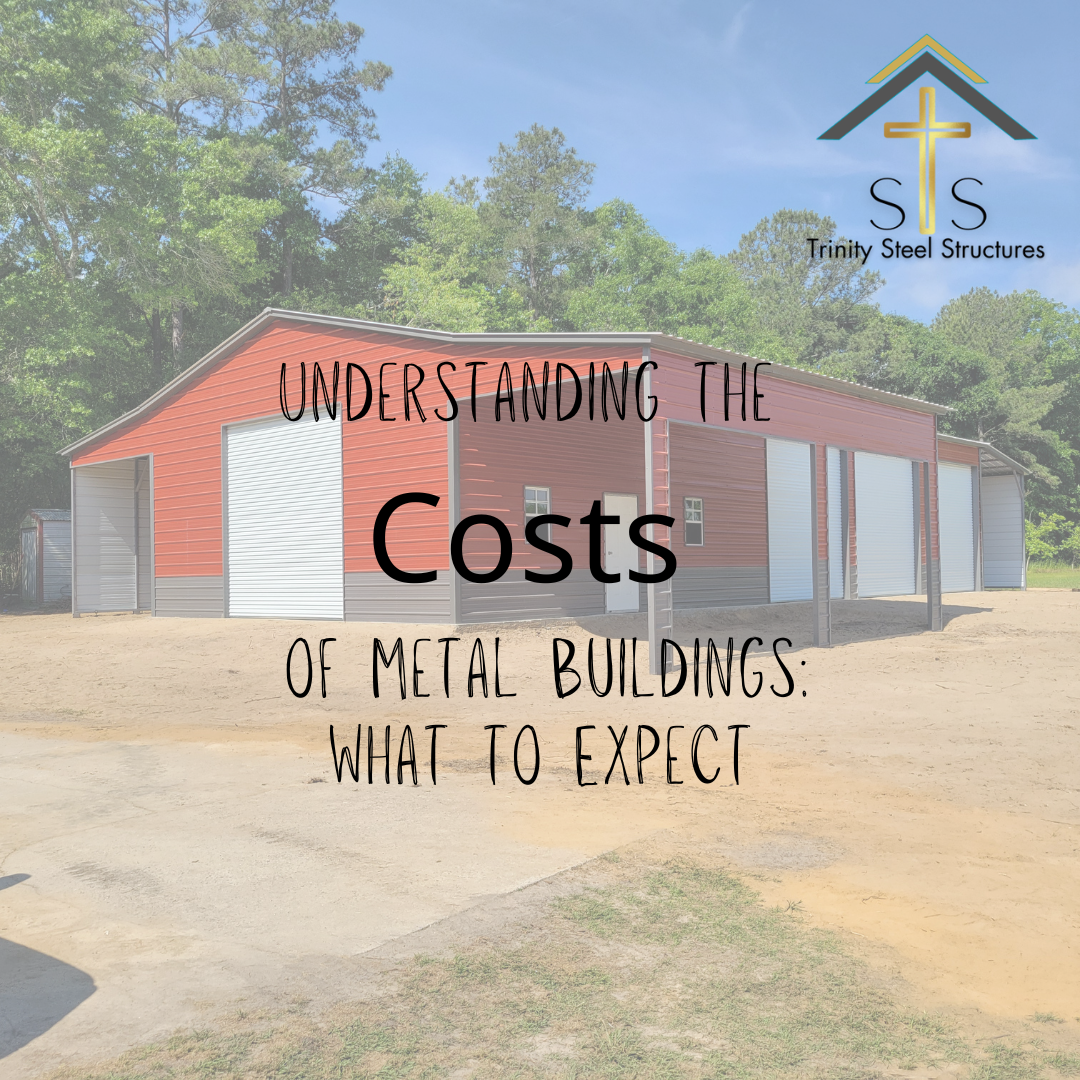When considering a metal building for your property, understanding the costs involved is crucial. Metal buildings are known for their durability, versatility, and affordability, making them an excellent choice for various applications—from storage facilities to workshops and even residential spaces. But what exactly goes into the cost of a metal building? Let’s break it down so you know what to expect and how to budget effectively.
1. Materials: The Foundation of Metal Building Costs
The primary factor influencing metal building costs is the materials used. The gauge (thickness), and the design all play significant roles in determining the price. Steel is the most common material due to its strength and longevity. However, opting for higher-gauge steel will increase costs but offer better durability.
2. Labor: Bringing Your Building to Life
Labor costs can vary depending on the complexity of the design and the size of the building. Simple structures like garages or carports are quicker to assemble, reducing labor costs. On the other hand, larger, more complex buildings with custom features will require more time and expertise, driving up the price.
Pro Tip: Order from a dealer that includes free delivery and installation with their quoted price (like Trinity Steel Structures)
3. Additional Features: Customization Comes at a Price
Customization is where metal building costs can start to add up. Features like insulation, windows, doors, and custom finishes can significantly impact the overall price. While these additions can enhance the functionality and appearance of your building, they also come with additional costs.
Pro Tip: Prioritize the features that are essential to your building's purpose. For example, if you’re constructing a workshop, investing in quality insulation might be more important than decorative finishes.
4. Location and Site Preparation
The location of your metal building can also affect costs. Factors such as local building codes, climate considerations, and the condition of the land where the building will be erected play a role. If your site requires significant preparation, such as leveling or clearing, these costs should be factored into your budget.
Pro Tip: Get a site inspection done early in the planning process to identify any potential issues that could affect your budget.
5. How to Stay Within Budget Without Compromising on Quality
Staying within budget while ensuring you get a quality building is possible with careful planning and smart decisions. Here are some tips:
- Choose a Standard Design: Custom designs are appealing but can be costly. Opting for a standard design that meets your needs can save money.
- Plan for the Future: If you anticipate needing more space later, design your building with expansion in mind rather than making significant changes after the fact.
- Shop Around: Use a trusted dealer, like Trinity Steel Structures, to compare prices from different manufacturers and consider their reputation, warranty, and the quality of materials offered.
- Consult Experts: Speak with our building specialists who can offer advice on cost-effective solutions without compromising on quality.
Conclusion
Understanding the costs associated with metal buildings is essential for making informed decisions. By considering factors like materials, labor, additional features, and site preparation, you can plan a budget that meets your needs without compromising on quality. Remember, affordable metal buildings are within reach when you take the time to plan and prioritize.
At Trinity Steel Structures, we’re committed to helping you build the metal structure of your dreams without breaking the bank. Contact us today to learn more about our pricing options and how we can help you create a high-quality, affordable metal building tailored to your needs. 1(800)702-3902


